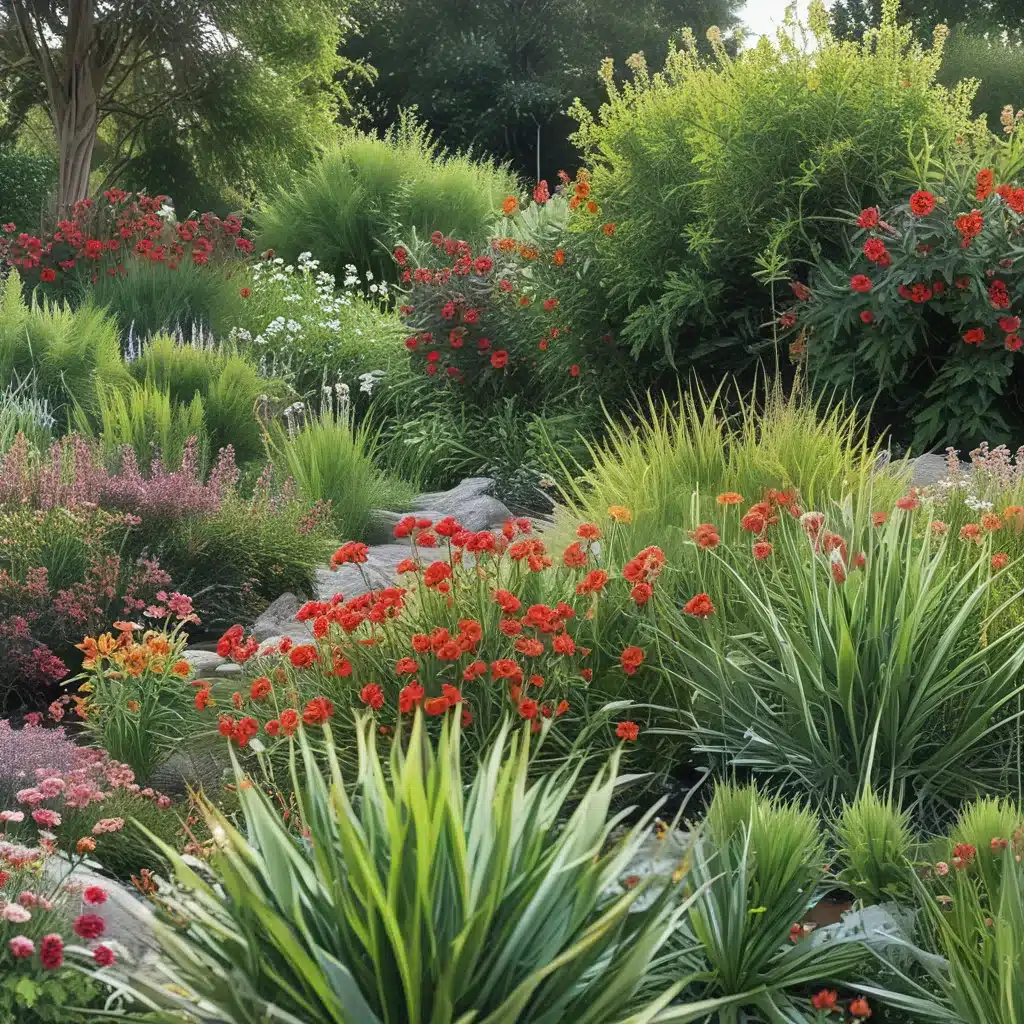The Curse of the Russian Sage
Oh, how I wish I could turn back the clock on some of my past gardening decisions. You see, about 30 years ago, I fell head over heels for Russian sage (Perovskia atriplicifolia). The allure of its striking silver foliage and lavender-blue blooms that seemed to last forever had me completely smitten. Without a second thought, I planted it everywhere – lining walkways, flanking entryways, even as a privacy hedge between my yard and my neighbor’s. Little did I know, I was inviting a relentless thug into my garden oasis.
As the Colorado State University Extension agents warned, Russian sage can become a tenacious spreader, its rhizomatous roots quickly colonizing any open ground. Before long, my once-tidy landscape had transformed into a sea of silver, with the sage eagerly encroaching on my other plants. It was an endless battle to keep it in check, and I soon realized that my love for this plant had been completely misguided.
Seeking Sustainable Alternatives
Determined to right my gardening wrongs, I set out on a mission to find sustainable alternatives to Russian sage and other popular yet problematic landscape plants. After scouring the web and consulting with local experts, I’ve compiled a list of fantastic options that will give you the look you desire without the headaches of invasive behavior.
Swap Out the Sage
If you’re yearning for the airy, purple haze of Russian sage, consider planting Mojave sage (Salvia pachyphylla) instead. This drought-tolerant beauty boasts similar foliage and blooms, but with a more compact and well-behaved growth habit. It’s also a magnet for pollinators, making it a delightful addition to any sustainable landscape design.
Another fantastic alternative is Blue Mist shrub (Caryopteris x clandonensis), which offers a more refined, shrub-like appearance with its dense, blue-green foliage and vivid indigo flowers. It’s a true showstopper in the late summer garden and plays nicely with its neighbors.
Ditch the Juniper
If you’re drawn to the evergreen, sculptural qualities of junipers, I’d encourage you to explore some of the more well-behaved conifer options. Trident maple (Acer buergerianum) and Cornelian cherry (Cornus mas ‘Spring Glow’) are two excellent choices that offer year-round interest without the risk of becoming unruly.
Another fantastic alternative is the native redbud tree (Cercis canadensis), which delivers a stunning spring display of fuchsia blooms followed by heart-shaped foliage that turns a vibrant yellow in the fall. It’s a true four-season stunner that will elevate any landscape.
Rethink the Lawn
As a self-proclaimed “ex-lawn” gardener, I’ve discovered that there are so many lush and low-maintenance alternatives to the traditional grass lawn. From creeping thymes and sedums to Dutch white clover, these groundcovers provide a beautifully textured carpet that requires far less water, mowing, and overall maintenance.
One of my personal favorites is the dwarf cinquefoil (Potentilla neumanniana ‘Nana’). This resilient little charmer sports delicate, strawberry-like foliage and cheery yellow blooms from spring through summer. Paired with the golden hues of creeping jenny (Lysimachia nummularia ‘Aurea’), it creates a stunning, low-growing tapestry that’s sure to delight.
Embrace the Unexpected
As I continue to evolve my garden, I’m always on the lookout for unique and unexpected plants that can add visual interest and ecological value. Native shrubs like cleyera (Ternstroemia gymnanthera) and osmanthus (Osmanthus heterophyllus) have captivated me with their glossy foliage and delicate blooms, while the two-winged silverbell (Halesia diptera) has become a cherished focal point with its delicate, bell-shaped flowers.
By thinking outside the box and prioritizing sustainability, I’ve discovered a whole new world of plants that not only enhance the beauty of my landscape but also contribute to the overall health of the local ecosystem. It’s a journey of constant learning and discovery, but one that has filled my heart (and garden) with immense joy.
So, if you’re ready to ditch the high-maintenance plants of the past and embrace a more sustainable future, I encourage you to explore the wealth of amazing alternatives that are just waiting to transform your outdoor oasis. Who knows, you might even find your new favorite plant – one that won’t take over the world (or at least your garden).




